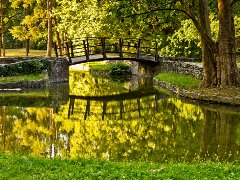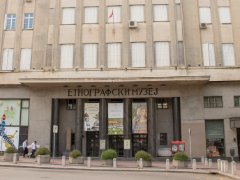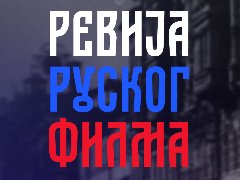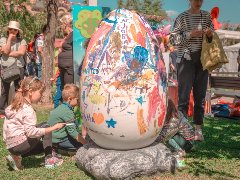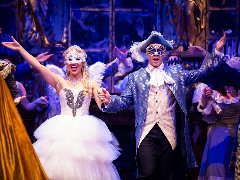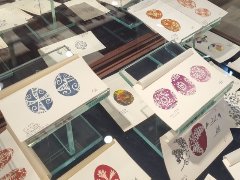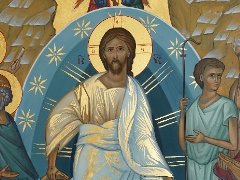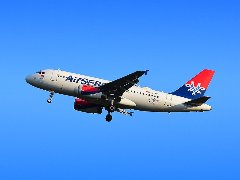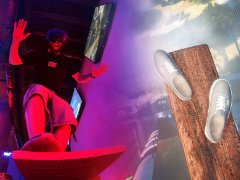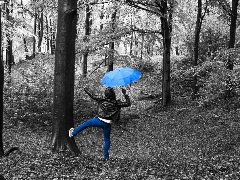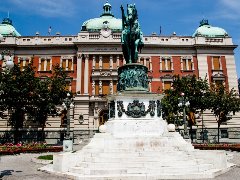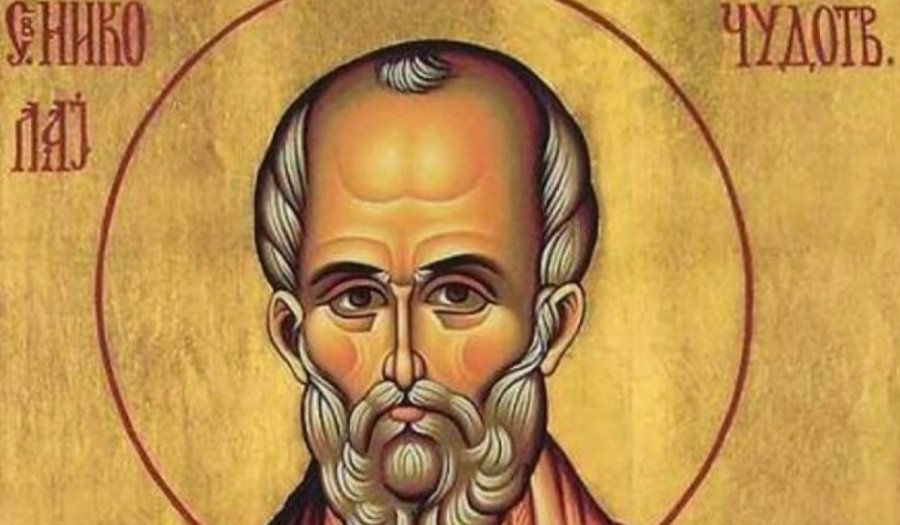
Nikoljdan, the day when St. Nikola (Nicholas) is celebrated in Serbia, is celebrated on 19th December. He is considered one of the greatest Christian saints, protector of travelers, sailors and the poor. As the Christmas fast is in progress, customs require that only food according to the Fast is prepared.
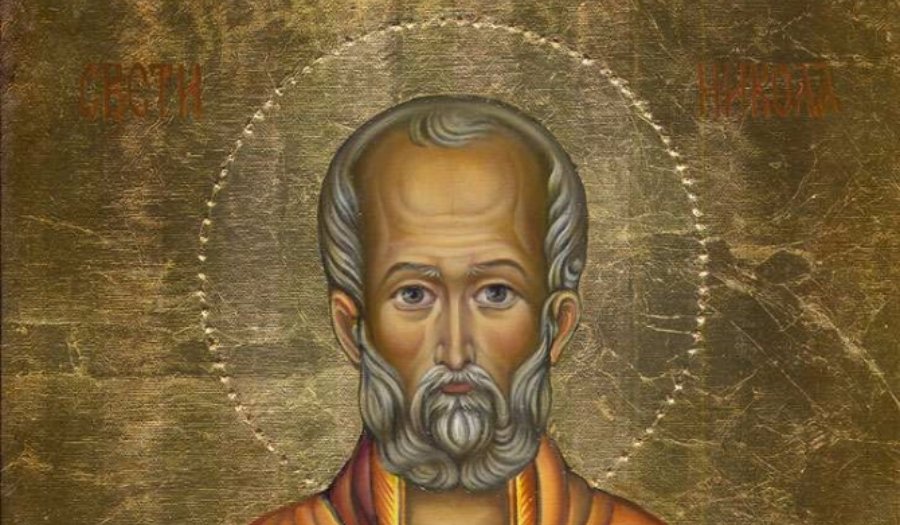
The Serbian Orthodox Church celebrates Nikolaos the Wonderworker on the day he passed away in 343 AD. In Serbia it is said: "Half of people celebrate St Nicholas, and the other half go as guests". Serbia was once a country of farmers and, as there was no field work in the winter time of the year, krsna slava - St. Patron's Day could be celebrated without hurry and works. According to tradition, on this day, you should not wash your clothes, clean the house and do any kind of housework. Today, this St. Patron's Day is celebrated modernly. Most of the houses are decorated for the New Year's Eve, so the atmosphere is much more celebratory than it is needed. The hosts who celebrate as the tradition says, prepare smoked carp for guests. The best substitute for pork for which Christmas is eagerly being awaited.
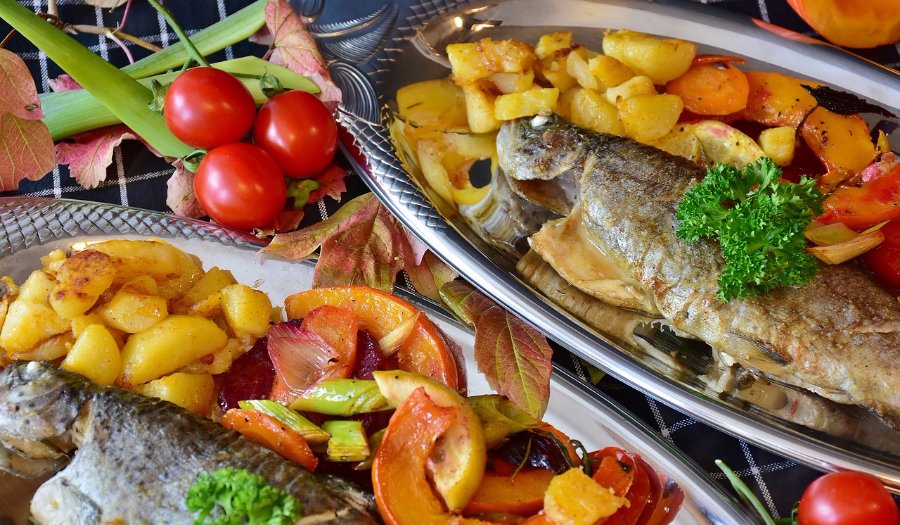
Who is St. Nicholas
He was born circa 270 AD in the city of Patara, Lycia in Asia Minor. His parents, Theophanes and Nona, were very rich, and at the baptism, they gave his only child name Nikolai (Nicholas) which means the winner of the people. He was very young when he lost his parents to a major epidemic.
The uncle, bishop of Patara, took care of him. Bishop of Patara and founder of the New Zion Monastery in that town, instructed the young Nicholas in the spiritual life. When the boy grew to manhood, Bishop Nicholas ordained him to be a priest in the Church, and later a bishop in his native city. Completely devoted to the clergy and mercy, he volunteered to spread the Christian faith. Nicholas disciplined himself through fasting and prayer. When his parents died, he began to distribute all the money and property he had inherited from them to those who begged him for help. Despite his youth, Nicholas had earned a reputation for his kindness and wisdom. He did not want to become known for giving, so he would put money into the people's pockets. Because of this, St. Nicholas is today represented in the society as Santa Claus (Santa Nicklaus or Nikolaus, Nicholas), meaning Santa Claus, who, before Christmas, leaves presents for children in socks.
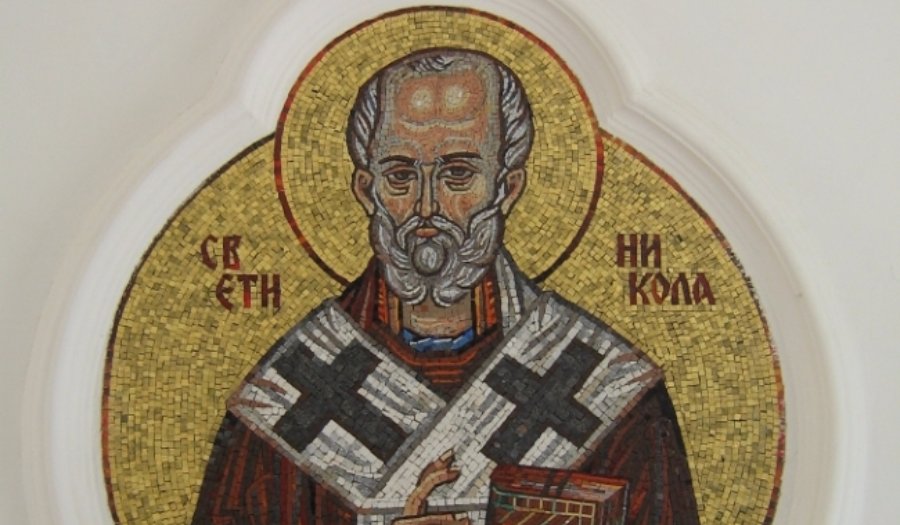
After the death of his uncle, he became the new archbishop of the city of Myra. He was invented at the First Ecumenical Council in Nicea in 325 by Emperor Constantine, where he opposed the opinions of the famous heretic, Arius. As he could not stop Arius from saying against God and His Mother, he hit him in the face. After this, the Council discharged his duties as Archbishop. According to tradition, that night, several Holy Fathers had the same vision - St. Nicholas stands, on one side there was the Lord Savior with the Gospel, on the other Holy Virgin, who returns the seized symbols of Archbishop. Realizing that they had made a mistake, they quickly returned everything to him and started seeing him as God's great follower.
He travelled a lot during his whole life. The largest number of his miracles happened on journeys where he especially helped sailors who were hit by the storm and mist. On this date, all the ships, wherever they are, threw their anchors and until the next day they were resting, giving respect to this saint. Today, on the eve of the holiday, ships often stop while the sailors pray to the saint and then continue their journey. During the reign of Emperor Diocletian and Maximian, Nikolai was arrested and imprisoned. He suffered from cold, hunger, and thirst, but he never wavered in his beliefs. People were saying that his face would shine with light. He was called to help sick and unhappy. He responded to everyone and helped everyone.
He entered into rest on 6th December 343. He was buried in the Cathedral Church of the Myra Metropolitan Archdiocese. Nikoljdan - St. Nicholas Day is celebrated on 22nd May as well. On that day, in 1096, his relics were transferred from Myra in Lycia to Bari, to the Church of St. John Baptist. Three years later, the inhabitants of Bari raised the magnificent church of St. Nicholas. By the 14th century, Serbian King Stefan Decanski sent contributions many times to this church he decorated in silver because he believed that St. Nicholas had restored his sight.
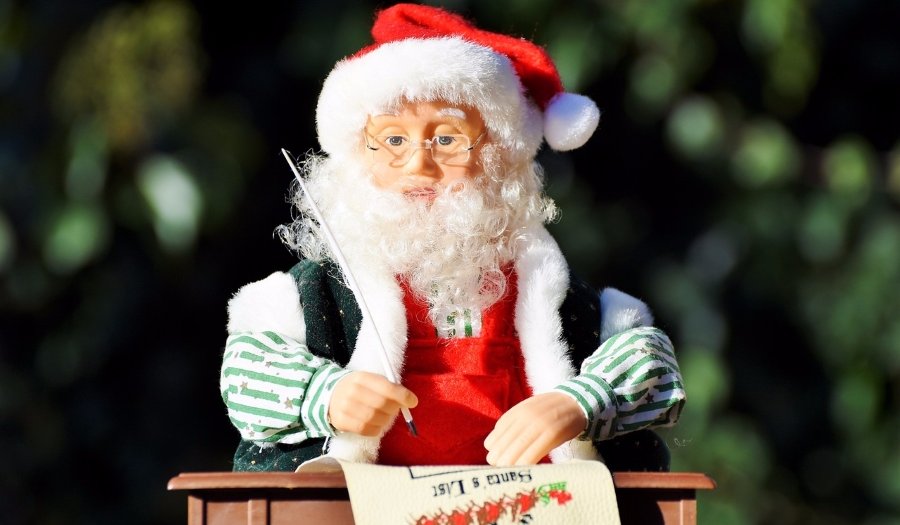
Modern society and marketing have made St. Nicholas become the most famous Santa Claus in a red-and-white costume (Coca Cola dressed him so). Religious teachers recall that Saint Nicholas is the earliest saint and was celebrated across Europe without much interaction with modern Santa Claus. This holiday is most rejoicing for children who hang up stockings on the Eve of St. Nicholas where gifts are secretly put. This custom of giving in secret is related to what the saint was during his life, a Secret Giver.
RELATED CONTENT
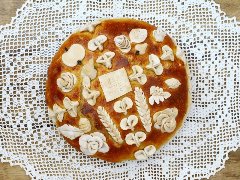
Saint Nicholas is coming and these are the customs that are observed
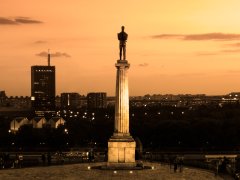
Top 7 monuments in Belgrade that you must see
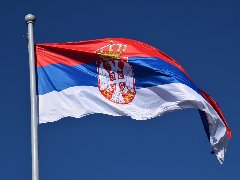
Today is Vidovdan
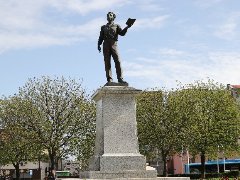
A small story about the great Pushkin
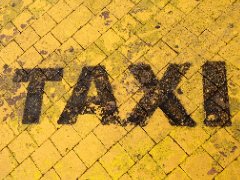
Taxi in Belgrade
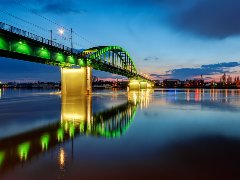
The tourists are back in the city

Plum brandy - sljivovica inscribed on the UNESCO list
